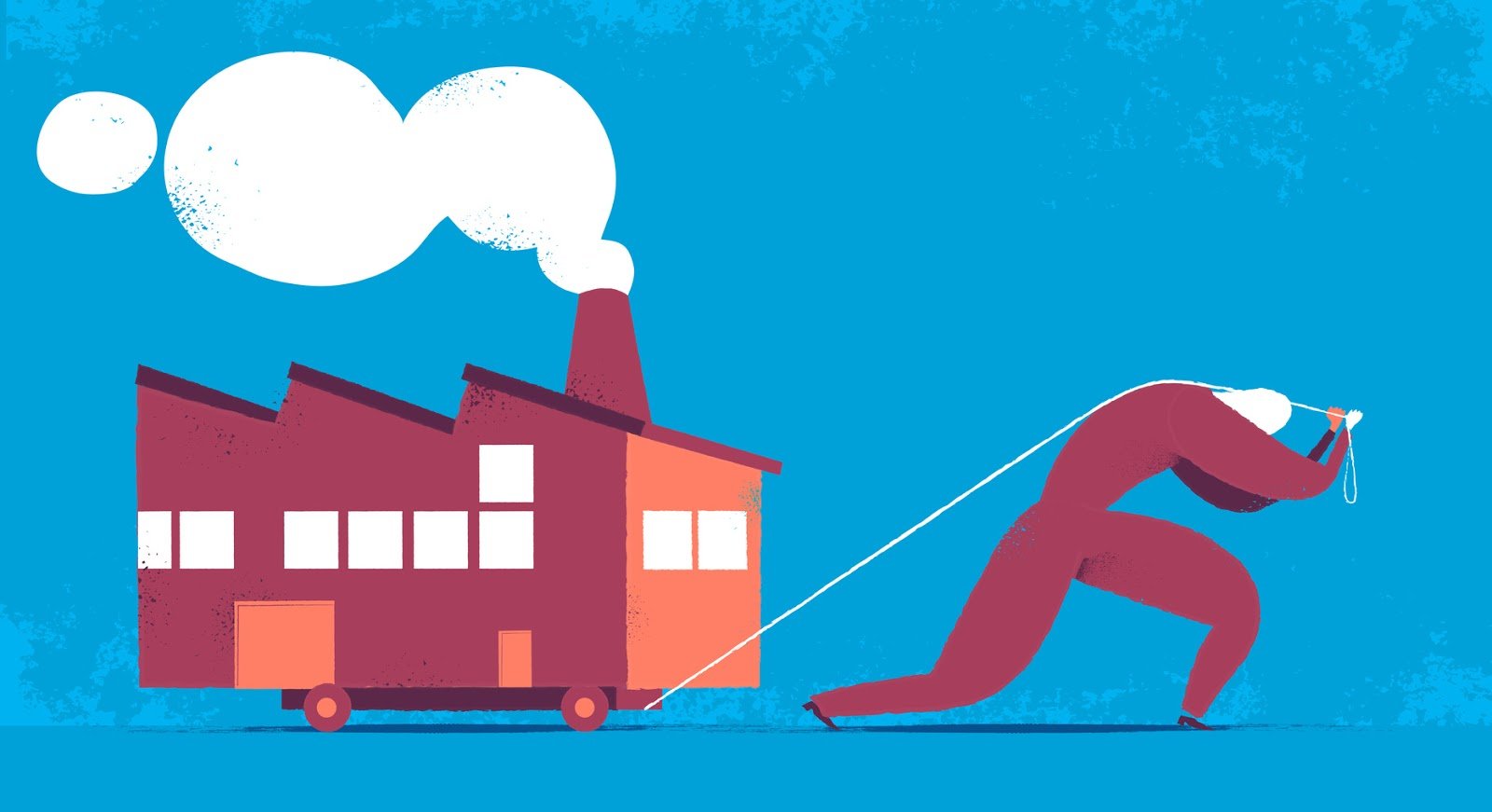
Do your plans for 2018 include a move into a new industrial plant? The new facility may be a substantial development for your company. It may allow you to increase capacity or production capability. It may give you more efficient distribution options to customers. Perhaps the new facility comes with access to a larger and more skilled workforce.
However, even if the new facility is a sign of growth and expansion, there’s no doubt that the actual relocation could be challenging. You’ll have to relocate and possibly reassemble complex machinery. You may need to halt production for several days. You might even need to manage a team of contractors as they transport your equipment and inventory.
There’s no doubt that a plant relocation brings plenty of risk. However, you can avoid potential issues by creating and implementing a plan. Below are four action steps to consider taking before you start your relocation. They can help you minimize risk and avoid budget and schedule issues.
1. Develop a detailed layout of the new facility
You may already be very familiar with the layout of your new building. However, you’ll want a detailed map of the facility readily available for anyone who will be involved in the move. A detailed map can help you identify potential issues and take steps to avoid them.
For instance, your layout may identify where outlets and vents are located so you know where to place machinery. You may want to identify the size of doors, aisles, and other passageways so you can determine the appropriate route for forklifts and machinery. You might note the type of flooring in certain areas and how much weight the flooring can support.
There’s nothing worse than noticing that your machinery is too wide to fit through a bay door or that the desired location for a piece of equipment doesn’t offer enough ventilation. Avoid those issues with a detailed facility layout.
2. Create a specific relocation timeline
You probably have the dates of the relocation marked on your calendar. However, you may want to be more detailed and specific so you stay on schedule. That’s especially true if you’re shutting down production temporarily while you relocate. If the move takes longer than expected, it could impact your ability to fulfill customer orders.
Instead, create a relocation schedule broken down by the hour or possibly even into 30-minute increments. The schedule should document a specific timeline of events. For instance, you may want certain inventory moved first or perhaps specific machines. You might be able to develop a schedule that minimizes your downtime.
Your detailed schedule will help you better manage the relocation’s timeline. If crews aren’t hitting certain deadlines or goalposts, you can take action to get the move back on track. Without a detailed schedule, it may be hard to determine whether you’re on schedule.
3. Inventory and document the condition of your equipment
When was the last time you reviewed your machinery’s condition? Have you kept up-to-date on regular maintenance? Your plant relocation is the perfect opportunity to inventory your equipment.
Before the move, perform a detailed, thorough inspection of all machinery. Note each machine’s condition and any repairs or maintenance that are needed. You also may want to take pictures or even video documentation of each piece of equipment.
After your inspection, you can decide whether to maintain or repair machinery before the move. You may decide that some pieces of equipment aren’t worth moving and that you’ll simply replace them in the new facility.
Your inspection can also be valuable after your relocation if you discover that equipment is damaged. You can compare the damage to your pre-move documentation to see if the issue occurred during the move. If so, you may be able to take advantage of insurance coverage or ask your relocation vendor to reimburse you for the damage.
4. Design and build your packaging
Planning on using cardboard or wooden crates for your relocation? That may be the right move. Wooden crates can be a versatile and efficient solution. However, it’s also possible that generic packaging may not offer a sufficient level of protection or may not be the most cost-efficient or time-efficient option.
Work with a packaging company to identify the biggest risks you may face during relocation. They can develop a custom packaging solution that minimize risk while also maximizing efficiency. They may recommend a solution other than wood or cardboard. They may develop a semi-assembled or reusable solution that reduces cost. Don’t assume that generic packaging is the best option for your move.
A plant relocation consultation company can help you implement these action items and more. They work as your partner to plan your move and develop a strategy to stay on-schedule and under budget. Your plan relocation is too important to undertake without plan. Consider working with a plant relocation partner who can help you avoid the biggest potential risks.






Let Us Know What You Thought about this Post.
Put your Comment Below.